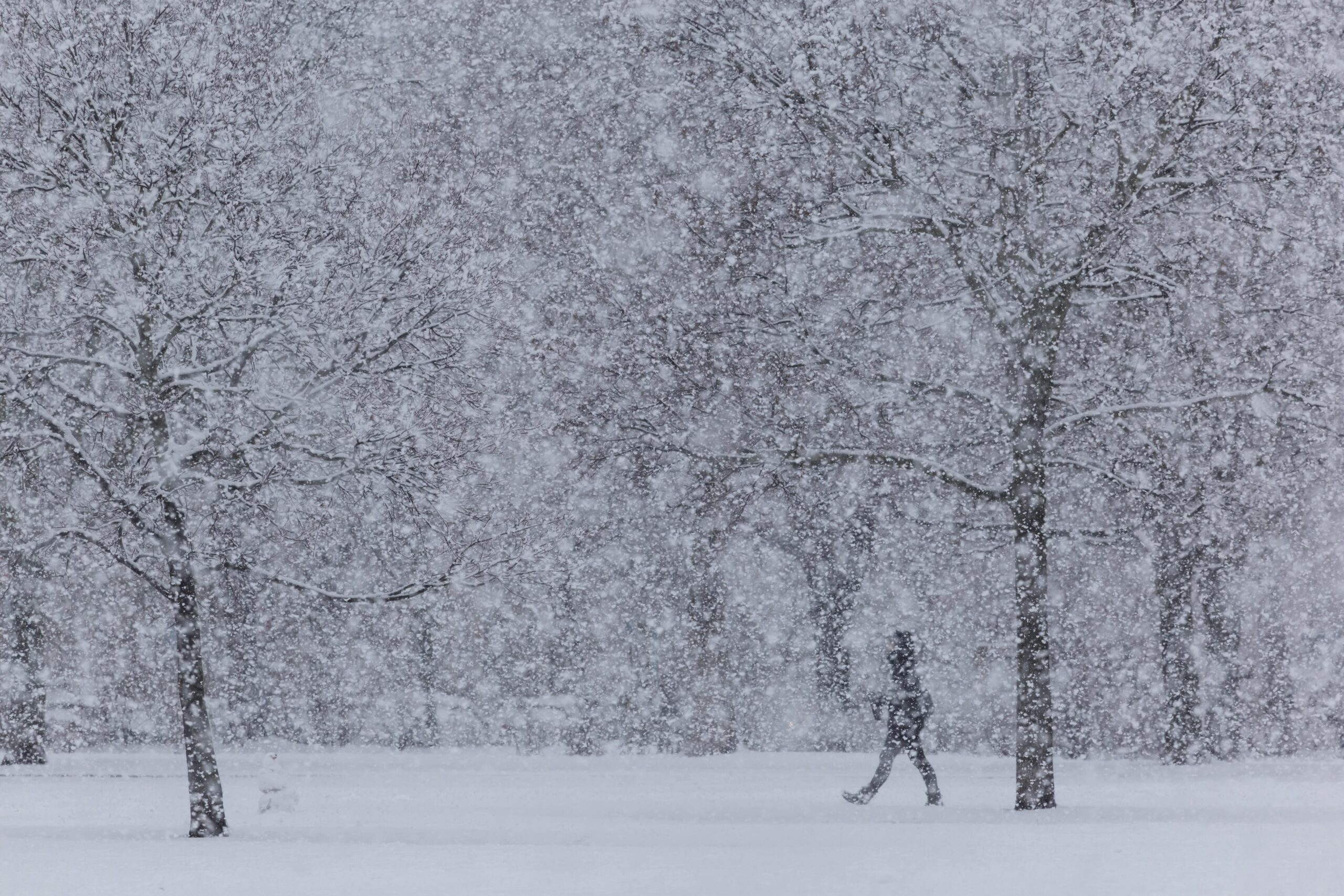
Heavy Rain, Flooding, and Chance of Severe Weather Staring Down the Southern U.S.
January 22, 2024
Posted: February 10, 2023 9:21 am





It has been a sparse winter for snow throughout much of the U.S., particularly in the Northeast. While the short-term forecast does not look favorable for those hoping for a snow day, it is important to note that some areas of the nation do not see their snowiest time period until later in February. This means that there is still hope for those dreaming of a winter wonderland.
What the Official Data Says
A new report released by the Global Historical Climatology Network Daily (GHCN-D) details what time of the year is typically the snowiest across the U.S. The data tracks snowfall totals of a minimum of 6 inches. This data is especially surprising when you consider the end of the solar winter is officially February 5 in the Northern Hemisphere. Solar winter is the time of the year that stretches about 45 days before and after the winter solstice, spanning the dates of November 6 through February 5.
While many people associate January as the snowiest month of the year, it is actually February that ranks the highest for most of the most populated cities in the Northeast. This includes New York City, Baltimore, Washington, D.C., Boston, and Philadelphia.
There is a scientific explanation for February often being the peak of the snow season. Water temperatures typically take longer to see the impacts of winter by cooling down. This means that warmer water across the western Atlantic Ocean tends to create precipitation that features rain more than snow in the early part of the winter. However, snow becomes more widespread once the ocean waters finally cool down later in the winter.
The prevalence of nor’easters also helps to explain why the region sees more snow in February. These winter storms are more likely to come on shore in February and March, tilting the biggest snow accumulations toward this time of the year.
For instance, the famous blizzard of 1978 produced historic amounts of snow that led to about 100 deaths and over 4,000 injuries. New England bore the brunt of this nor’easter with Boston picking up over 27 inches of snow.
Other Parts of the Country That Experience a Snowy February
In addition to a large portion of the Northeast, a good chunk of the northern Plains also experiences the highest volume of snow in the month of February. This includes what is known as Blizzard Alley, encompassing portions of Nebraska and South Dakota as well as into some parts of Kansas and Iowa.
You only have to go back to February of 2019 to remember a massive blizzard that brought up to 10 inches of snow to eastern Nebraska and into western Iowa. This type of weather event is not uncommon during the second month of the year, helping to boost these snow totals.
There are some areas of the Midwest that see a breather from the snow during January, only to see it pick up again later in February and into March. However, warming temperatures in March often translates to snow events that transition into rain.
A small portion of the Pacific Northwest also sees the most snow in February. This includes the Puget Sound region, including Seattle and its environs.
Lastly, the southern portion of Canada is also distinguished for seeing the most amount of snow in February. This includes the southern tier of Alberta and the Labrador Peninsula. Blizzards are a common occurrence in February in both Labrador and Newfoundland.
Peak Snowfall Months for Other Parts of the U.S.
While there are a significant number of populated cities that see heavy snowfall in February, December and January remain the top two snowiest months for a larger area of the U.S. This includes the bulk of interior New England, the Midwest, and the Ohio Valley.
On the flip side, some portions of North America see the snowiest time periods before winter officially begins. This includes the northern half of Alaska and through some parts of Canada. For example, Utqiagvik, Alaska picks up the most snow in September and October when there is more moisture to produce wintry precipitation. The bitterly cold air that takes up residence in this part of the Northern Hemisphere in the depths of the winter tends to pair with drier air.
The Rocky Mountain region is another outlier when it comes to snow accumulation. The area known as the Front Range, spanning Denver and its suburbs, generally sees the most snow in March and April. It is not unusual for a few flakes to fly as late as May for Denver.
Did you find this content useful? Feel free to bookmark or to post to your timeline for reference later.

January 21, 2024

January 19, 2024

January 18, 2024